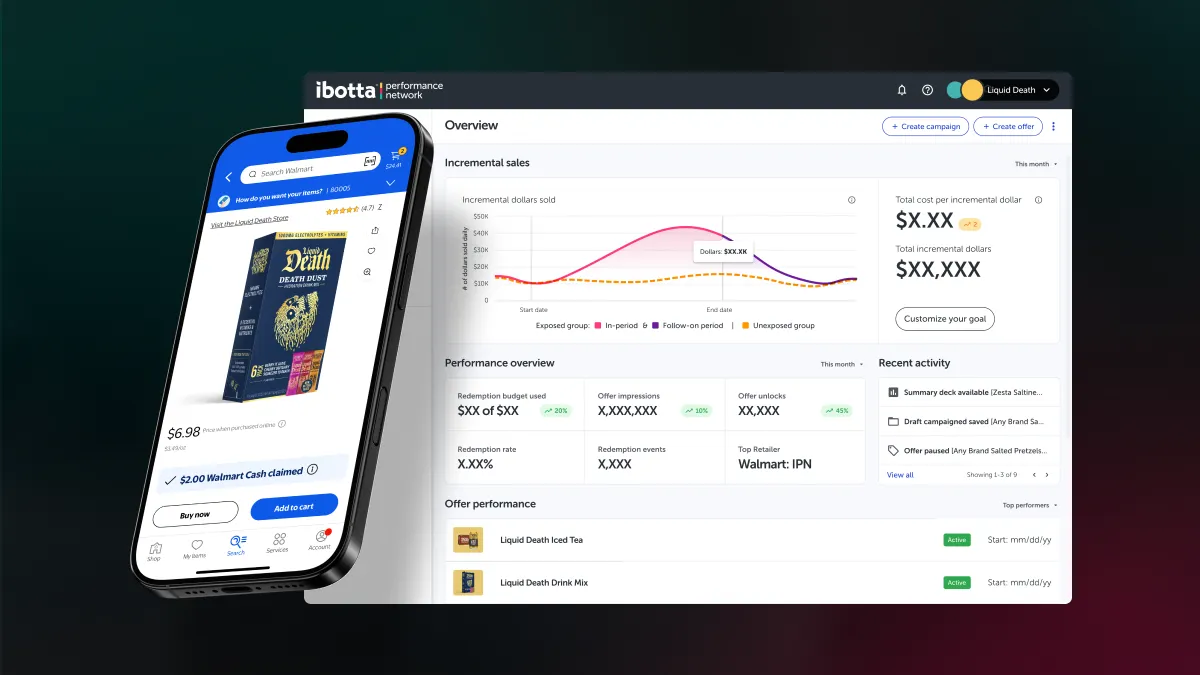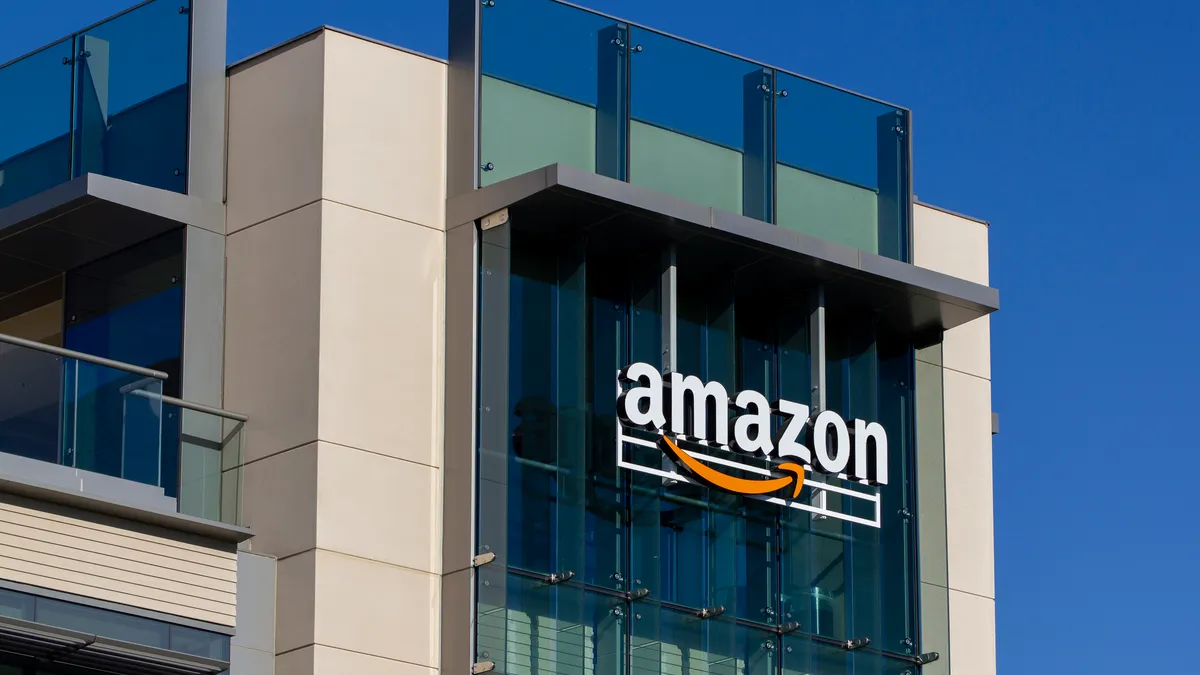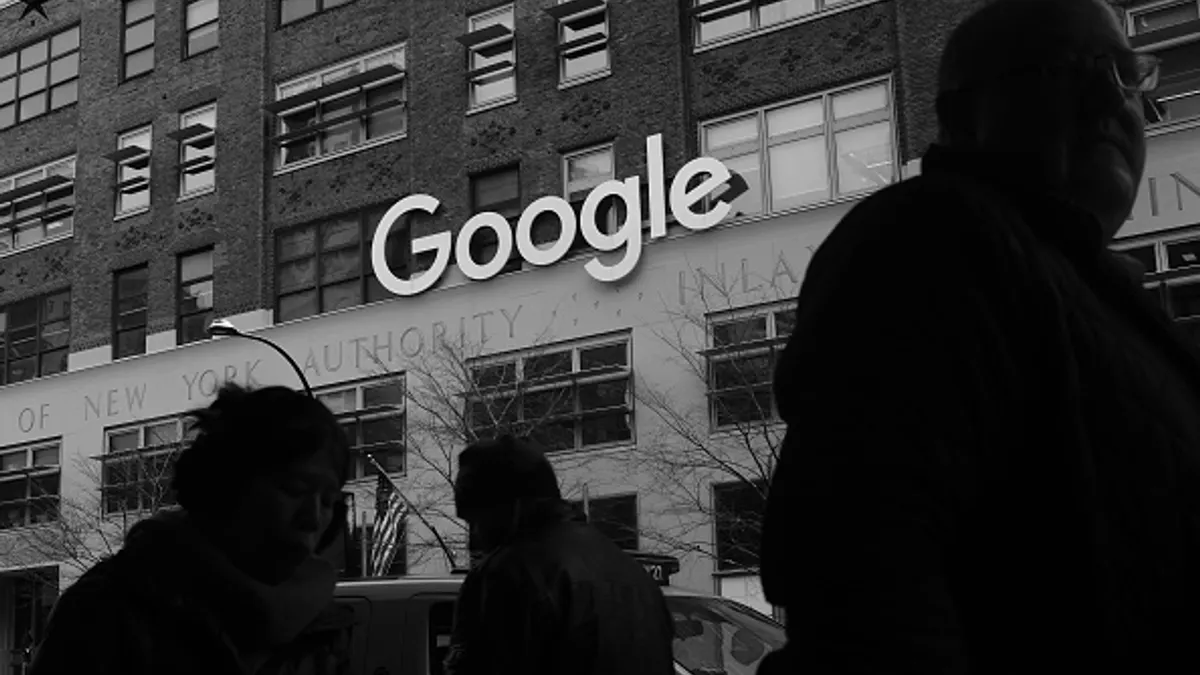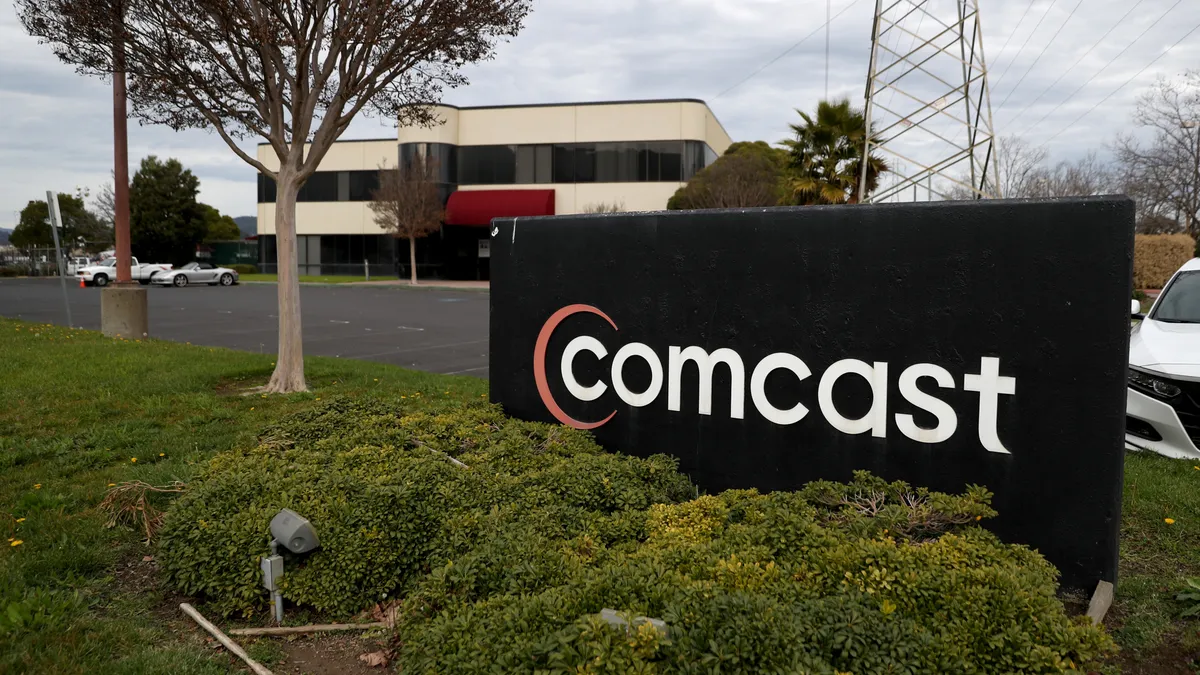The following is a guest post from Lisa Collings, senior vice president at Conversant.
Cries of the "retail apocalypse" — and the notion that retail as we know it is dying — is one dimensional. Not only is it overly pessimistic, it also fails to recognize the evolution and innovation coming from the retail category.
At the same time, despite the advancements retailers have made, their transformation is not yet complete. Retailers of all sizes have adopted digital and the capabilities technology brings. Now, they must reprioritize, accelerate and execute in several key areas.
Here are three ways retailers can transform their business today:
1.) Embrace disruption
Disruption in retail presents a great opportunity for transformation of retailer marketers' business because, at the center of all the "chaos," are customers. Expectations regarding the customer experience are constantly changing and with them, there is an increased emphasis on the value exchange between brands and customers. The more customers engage with brands, the more they expect communications to be relevant and personal.
Larger retailers like Walmart can use M&A to better their ability to connect with customers. In announcing the Jet acquisition in 2016, Walmart President and CEO Doug McMillon stated: "We're looking for ways to lower prices, broaden our assortment and offer the simplest, easiest shopping experience because that's what our customers want … Walmart.com will grow faster, the seamless shopping experience we're pursuing will happen quicker."
Not all retailers can go the M&A route, however; instead, many turn to external partners to embrace disruption. That means identifying partners who have the ability to engage with customers at the in-store or online moments that matter most to the individual — not to the brand.
Brands that deliver on the promise of exceptional experience and relevance for their customers include the likes of Ulta Beauty and Warby Parker. Each brand takes the idea of relevance to heart and created digital and physical experiences for their customers to show that they know them as an individual, not as part of a segment.
2.) Tear down internal silos
I've sat in too many meetings discussing a brand's business with only the senior digital marketing executive. Today's successful retailers are rethinking how they're organized, with leading brands creating enterprise structures that unite the technology and marketing functions. In some instances, the entire C-suite gathers to familiarize themselves with the data and make unified marketing decisions.
Start tearing the walls down within your organization and eliminate silos so you no longer have a martech team or an ad tech team. Instead, create a singular marketing organization working on driving omnichannel conversions. Everyone should be invested in providing the best and most friction-free customer experience. I've seen it time and time again: Once teams are realigned, everyone will start rowing the boat in the same direction and results will follow.
3.) Place a few bets and go to work
Transformation and disruption don't have to be complex, negative or even scary. Clients hear words like data lakes, machine learning and cross-device and their minds swirl. They look at all the logos listed on the Lumascape and feel overwhelmed. It's all so much to take in, but the reality is that it doesn't have to be complex.
Take a step back and focus on simplicity. Specifically, identify the two or three things you want to accomplish by the end of the year and the outcomes you're driving toward. Then, you'll be able to concentrate on where to invest your time, energy and money. In my experience, it's smartest to start by making sure your digital marketing efforts are meaningful and relevant to each of your customers. Research from Epsilon found that not only did survey respondents find personalization very or somewhat appealing (90%), but also that 80% were more likely to do business with a brand that offered personalized experiences.
Hall of fame broadcaster Vin Scully once remarked that "good is not good when better is expected." He was right. Retailers may have supercharged their digital marketing efforts, but customers expect more. Remember, you don't have to do everything all at once. Realignment of teams can be a lengthy task at even the smallest of organizations.
Also remember to put the customer first and look at the relevancy of your existing efforts. When you put the customer at the center — and show that you truly understand who they are as an individual — the rest will start to follow.





















